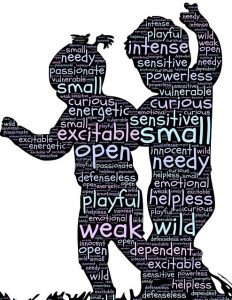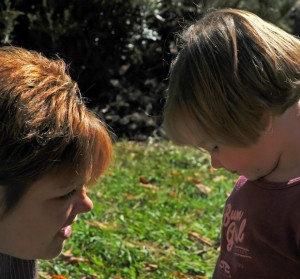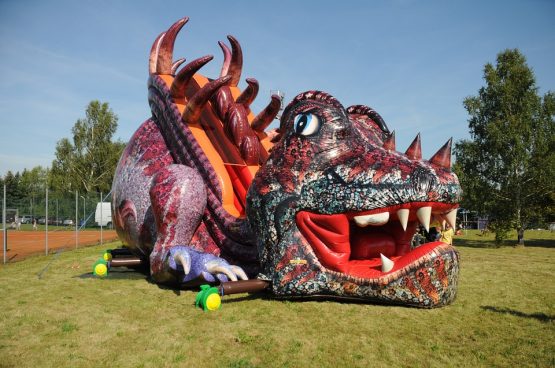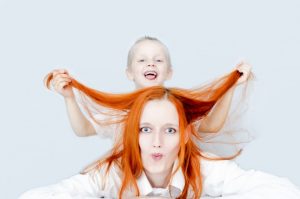As parents and caregivers, we don’t get a chance to see the tremendous role feelings play in learning. For this series of New Year’s resolutions in just one word, this post is brought to you by feelings. And, the play-of-the-day is having fun with feelings.
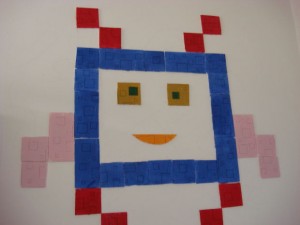
What are some ways for your child’s playing and learning with feelings? To kids, stuffies and toys are special friends. Kids talk to them, give them names, and pretend they are almost alive. If we notice a stuffie or toy all alone in a corner, we can also talk to it. For instance, we might ask, “Oh, are you feeling lonely and scared over there? Would you like to be with the rest? “ You can even answer in the toy’s voice. Instead of seize the day, parenting is often seize the moment.
Another effective way to help kids figure out feelings and emotions is to name them, both theirs and ours. We can talk about how excited we are about, for instance, an upcoming trip. Or, perhaps we are quite frustrated with trying to get something to work, like the computer. Hearing us explain we are feeling so frustrated we’d like to scream but instead will try again gives kids a positive model for a time when they might need it.
Reading faces for feelings and emotions is a powerful skill. We can tell what another person is feeling and better predict a response by checking out the facial expression. Here is a silly song for practicing. Sing the verse and make the face to go with the words. Use whatever you think of: sad, angry, happy, lonely, frustrated, surprised, confused. Of course, younger kids may not know as many feeling-words as the older ones.
This is the way we make a face, make a face, make a face.
This is the way we make a face, when we’re feeling sad.
This is the way we make a face, make a face, make a face.
This is the way we make a face, when we’re feeling mad.
This is the way we make a face, make a face, make a face.
This is the way we make a face, when we’re feeling happy.
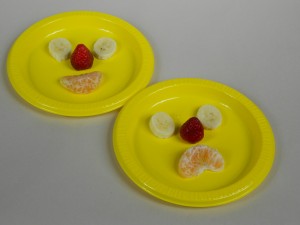
Games, crafts, and books are other resources. As humans we are hard-wired to connect our brains and our heart. Our words divide brains and emotions into two groups, often opposing. We place value on being objective instead of subjective. In reality, what we learn and how we learn is vastly influenced by emotions. The role feelings play in learning needs to be acknowledged. For a new year’s play-of-the-day, can you include some feelings and emotions?

